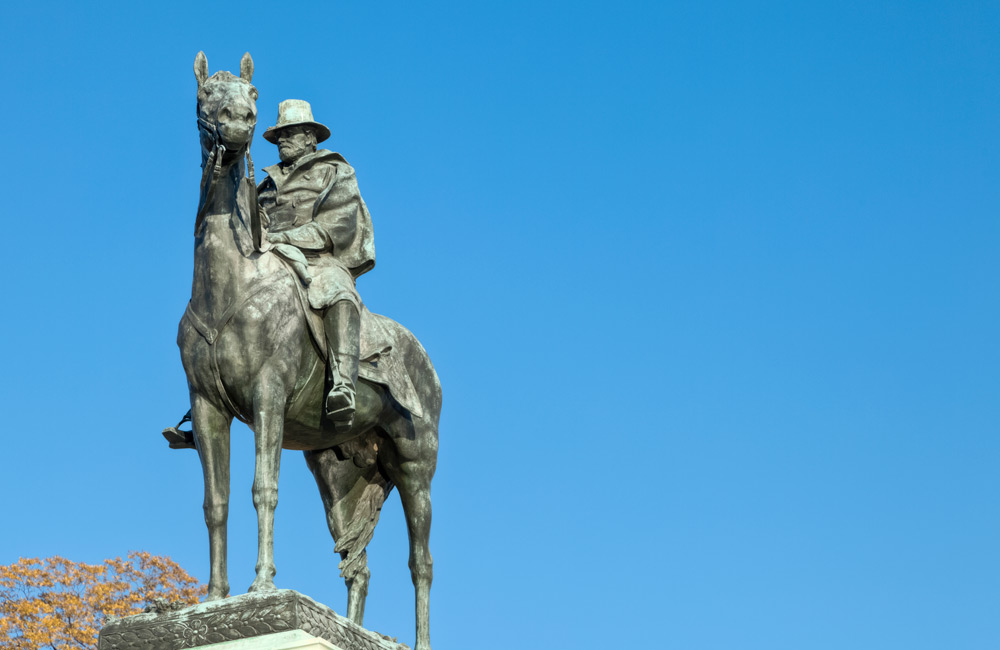strategy+business, May 27, 2020
by Theodore Kinni
Photograph by drnadig
Prior to the Civil War, Ulysses S. Grant didn’t show much promise. He called his admission to the U.S. military academy at West Point “an accident,” and when he graduated in 1843, he was only in the middle of his class. Just over a decade later, in 1854, he resigned from the U.S. Army. In the next few years, he proved to be a failure in business — even during boom times, such as the California gold rush.
In 1861, as the slave states seceded from the U.S. and the Union rushed to build up its army, Grant struggled just to get a commission leading 630 men in the 21st Illinois Infantry Regiment. And yet, four years later, it was Grant who, as the chief strategist and leader of more than 1 million men serving in the Army of the United States, left Robert E. Lee with no choice but to surrender at Appomattox, effectively ending the Civil War.
What was it that made this least likely of leaders such a success? And what can we learn from Grant’s experience? I recently read 1,700 pages looking for answers — Grant’s best-selling memoirs, which he wrote as he was suffering from cancer and finished a few days before he died, in 1885, and Ron Chernow’s more wide-ranging and much-praised biography. Both contain valuable lessons for leaders.
The first striking attribute about Grant was his low-key management style, which is the polar opposite of the textbook definition of an alpha leader. He assumed leadership more than he asserted it. And he certainly didn’t dress for success: Instead, Grant wore a mostly unadorned blue coat and black hat throughout much of the war. He showed up for his first regimental assignment in civilian garb, reports Chernow, prompting one soldier to quip, “He don’t look as if he knew enough to find cows if you gave him hay.” Read the rest here.
Wednesday, May 27, 2020
The general wisdom of Ulysses S. Grant
Posted by
Theodore Kinni
at
5:16 PM
0
comments
![]()
Labels: books, decision making, leadership, strategy
Subscribe to:
Posts (Atom)














